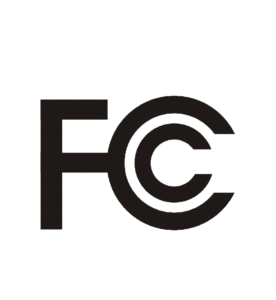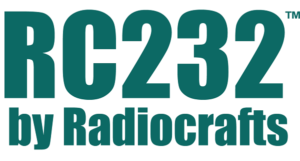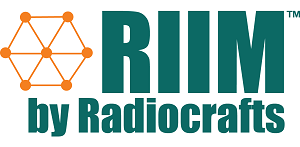All wireless solution operating in the 902-915 MHz frequency band in the US and Canada must be certified to FCC requirement in US and IC requirements in Canada. Requirements in US and Canada is very similar and for the rest of this text on US and FCC regulation is considered.
For FCC, the different sets of requirements are detailed in Code of Federal Regulations, Title 47, Part 15, but covered here in more simple terms. The FCC certification and test report are also recognized in other parts of the world as well.
One key parameter that differentiates FCC regulation from RED/CE regulation in Europe is that FCC allows for a modular approval. This means that if a module is “a complete RF transmission system capable of demonstrating compliance with rules and policies independent of any host”, then a module can be certified stand-alone and this certification can be reused in equipment the module is used in.
This makes the certification of the end product much easier as it only needs to be certified as an unintentional radiator (Part 15B). This is a less extensive testing than testing as an intentional radiator.
Therefore, in this blog topic we will talk about the different classifications that can be used to FCC certify a radio solution, then we will explain each one in detail. We will also present Radiocrafts’ solutions which comply to FCC regulations.
What are the Different Classifications That Can be Used to FCC Certify a Radio Solution?
There are several different classifications that can be used to FCC certify a radio solution in the license free band 902-928 MHz.
The possible classifications to use are listed below:
- A) Use low power (ref §15.249)
- B) Use wideband digital modulation (§15.247)
- C) Use frequency hopping(§15.247)
- D) Use hybrid solution (combination of FH and wideband digital modulation)
Certifying a product according to §15.249 limits the radiated field strength to 50mV/m @3 meter. This is equivalent to approximately -1 dBm EIRP conducted output power or lightly below 1 mW.
This is very low output power and will affect the range of the solution. Radiocrafts have FCC certified a narrowband module according to §15.249, RC1290. This module offers low data rates with low sensitivity which compensate for the low output power. This way the line of sight communication will still be more than 1 km.
Making a module that fulfill wideband digital modulation(B) presents two essential requirements for the radio. The power density must be less than 8dBm/3kHz, and the minimum occupied bandwidth (6 dB bandwidth) must be larger than 500 kHz. The Radiocrafts modules RC1190-RC232 and RC1190HP-RC232 are designed to follow these requirements using a high data rate 250 kb/s mode. Note that these modules are designed for compliance but have not undergone the certification process.
Option C is to use frequency hopping. For the frequency hopping system at 902-928 MHz a set of requirements apply. If each channel is less than 250 kHz, the hopping must be done at minimum 50 channels, and the occupancy of each channel within 20 second shall be less than 0.4 second. Using wider channel than 250 kHz allows for fewer channel (>25) and more time on each channel (0.4 second per 10 seconds).
This frequency hopping method of certification is used for Radiocrafts’ RIIM network. RIIM supports frequency hopping on 50 channels in the 904-914 MHz frequency range. Radiocrafts high power Sigfox module at 915 MHz, RC1692HP-SIG is also certified as a frequency hopping system.
There is also a fourth option(D) called hybrid solution. This is a system which utilizes a combination of frequency hopping and digital modulation techniques. With a certification as hybrid solution, the frequency hopping can be done on less channels, but must fulfill the occupancy requirement on maximum 0.4 on one channel for 20 seconds. In addition, the hybrid solution must also fulfill the spectral density requirement of 8 dBm/3 kHz, while operating on a single channel.
In addition to these requirements, there are other paragraphs in §15 which provide additional requirements to the radio solution, such as out of band emissions. These apply to all modules, regardless of method for certification.
What To Take Away From This Blog?
There are many ways to reach the goal of FCC certification at 902-928 MHz. Given the correct choice of technology all kinds of wireless challenges can be solved.




